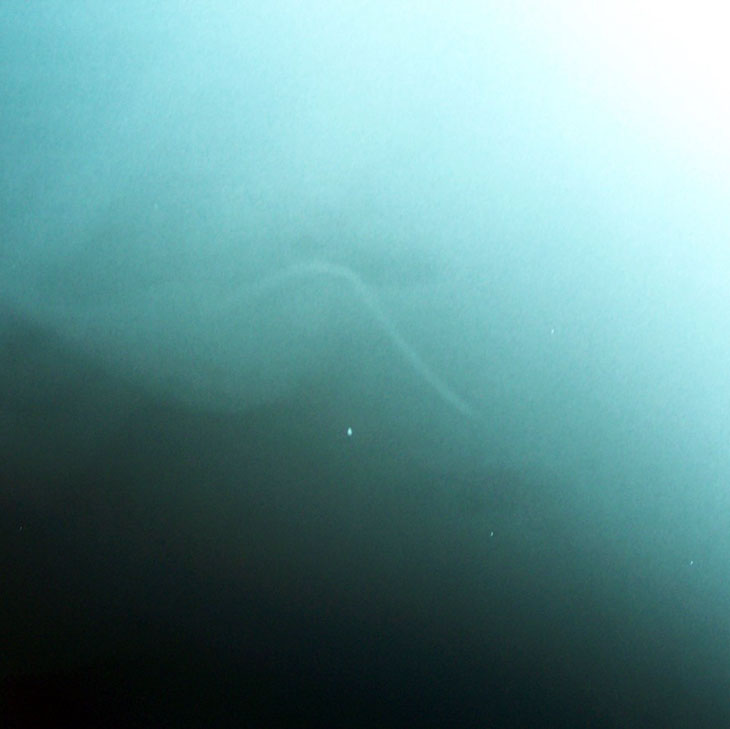
Diagnosing Hardware Disease
Monday, September 21, 2020
While you may have heard of a cow being diagnosed with Hardware Disease, many misunderstandings exist about this syndrome.
Hardware Disease occurs after an animal ingests a metallic object that then perforates the wall of the reticulum. This perforation results in an infection that can be mild or severe. In the cow or sheep, the reticulum is the first chamber of the forestomachs, lying under the bottom of the esophagus. The weight of metallic objects causes them to fall to the bottom of the reticulum, where they remain. Unlike other animal types, where foreign objects typically move through the gastrointestinal tract until they either cause a blockage or are passed, the anatomy of the reticulum and the weight of the object nearly guarantee that the piece of hardware remains there forever.
The reticulum lining looks like a honeycomb and can trap ends of the wire. Its contractions can force the ends through the wall, resulting in a few possible scenarios. These include local infection around the reticulum from leakage of fluid from the reticulum up to the most severe outcome, which is a puncture of the sac around the heart.
Local infection around the reticulum interferes with normal gastrointestinal flow and motility, causing mild to severe disease. How does the heart get involved? It’s in the wrong neighborhood. Anatomically, the reticulum and the heart sit next to each other on either side of the diaphragm. If the contraction of the reticulum pushes the wire toward the heart, it can pass through the diaphragm and into the sac surrounding the heart with a catastrophic outcome.
Symptoms that very strongly suggest a diagnosis of Hardware Disease include an animal standing with its head and neck extended, grunting, with the elbows pointed out. All of these point to pain at the junction of the thorax and abdomen. More commonly, however, the symptoms associated with Hardware Disease are more generic, with many animals simply showing weight loss over time.
Hardware Disease can be tough to definitively diagnose. That’s why when cattle are losing weight and the cause is not readily apparent, Hardware Disease is often blamed. Several tests can help confirm a diagnosis of Hardware Disease, including X-rays, ultrasound and analysis of certain blood proteins.
It is critically important to confirm a diagnosis in an individual animal in order to benefit the herd. Many diseases of significance in cattle have some impact on their herdmates, either because the disease is contagious or because the animals live with the same risk factors. For Hardware Disease, it’s about risk factors. Metallic foreign objects are obtained from the environment, so all animals in the herd are potentially at risk. What is it about cattle that puts them at higher risk than other species for Hardware? Their tongue.
As a cow eats, she sweeps up grass using the length of her tongue. By contrast, sheep, goats and horses use their lips and teeth to grasp grass. Cattle, therefore, are likely to sweep up objects in the pasture while other livestock are more likely to sort it out. Attention to debris in pastures is paramount in prevention of Hardware Disease. If you mix your own feed or chop hay, it’s easy for wires or other metal pieces to be chopped up and mixed into the feed where it becomes nearly impossible for a cow to sort and drop it out of what she consumes. Spend the extra time it takes to remove all wires from bales and remove them from the pasture.
Remember that your veterinarian is the best source of information on cattle health. Have any unexplained illnesses or deaths investigated to protect the health of your herd and improve their productivity.
STORY BY: Dr. Meredyth Jones, an associate professor in the food animal medicine section at Oklahoma State University’s Veterinary Medical Hospital at the College of Veterinary Medicine. She earned her DVM degree from Oklahoma State University and is a Diplomate of the American College of Veterinary Internal Medicine (Large Animal).
